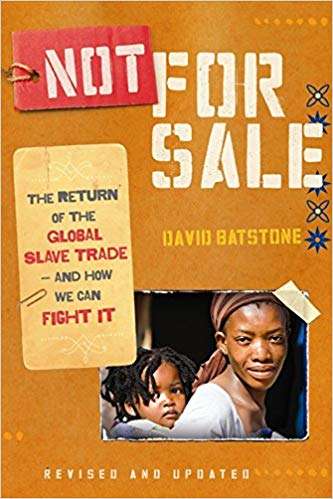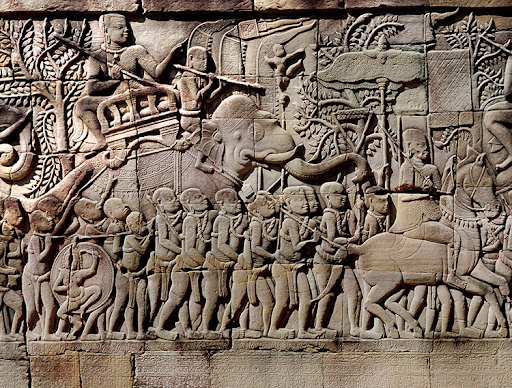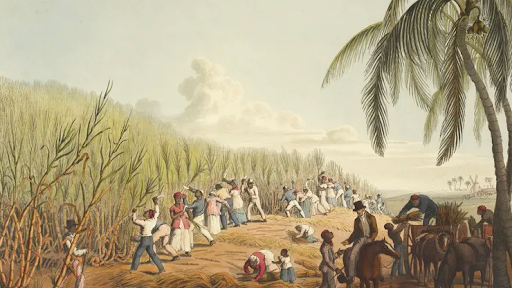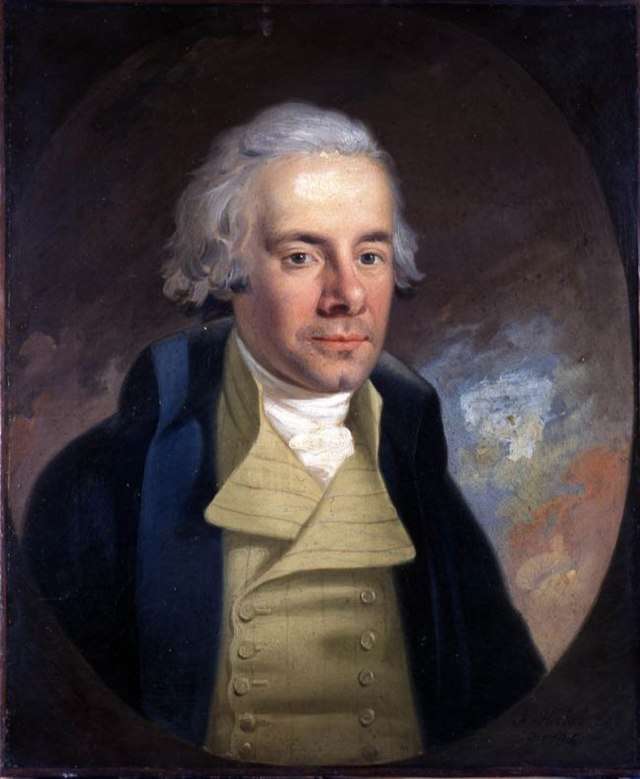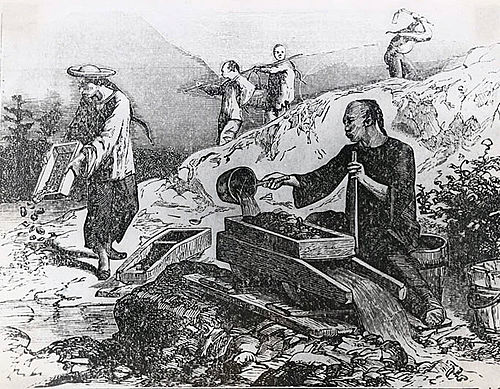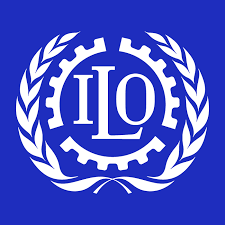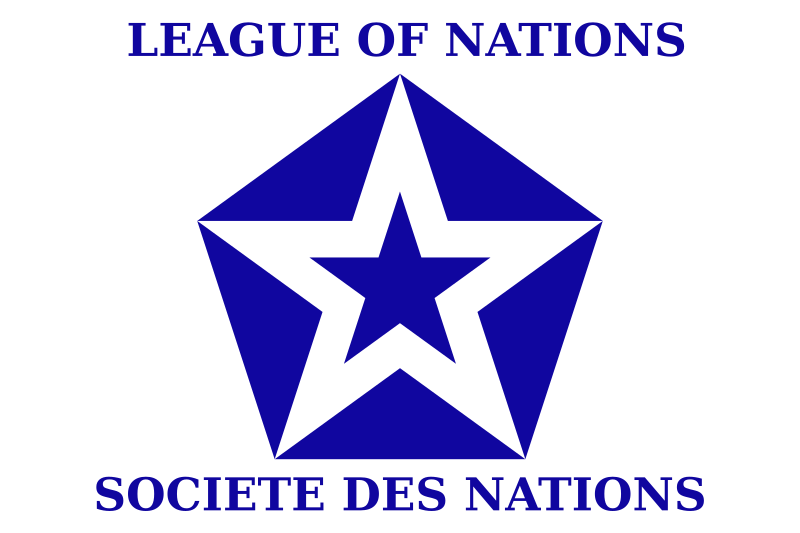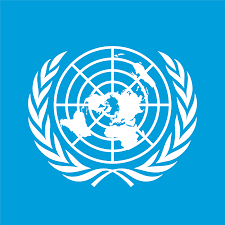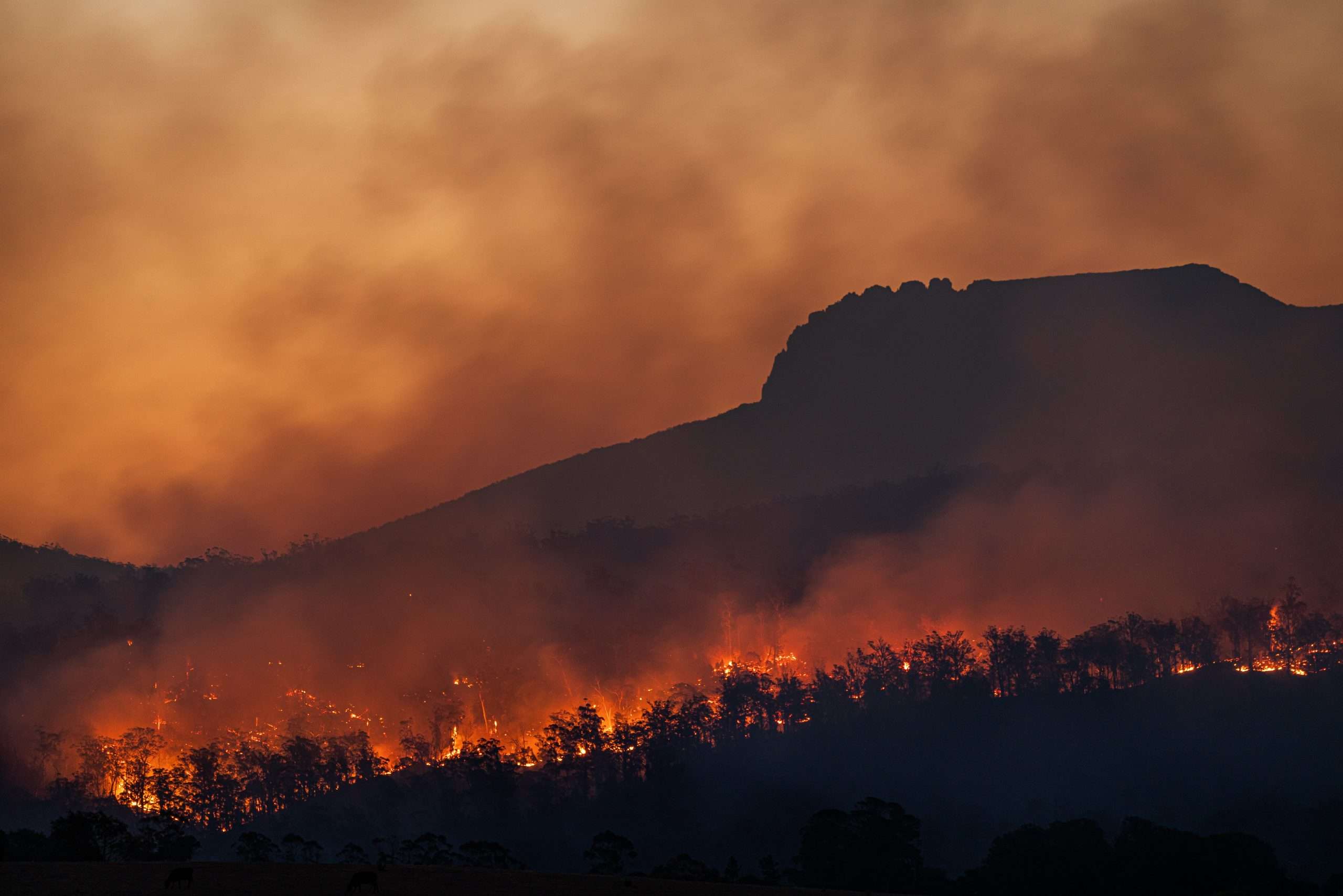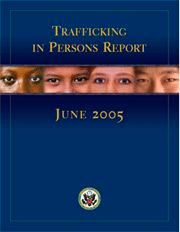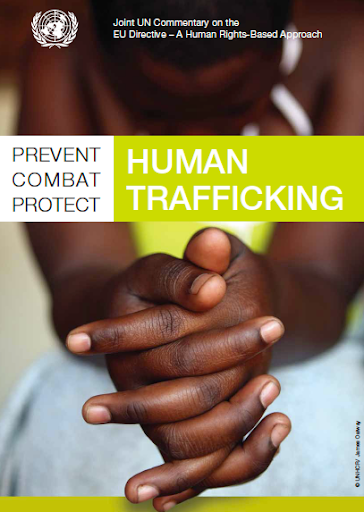TK’s Journey: From Refugee to UN Award Recipient – A Beacon of Hope and Change
In a world where stories of hope and perseverance often go unheard, the story of Ntakamaze Nziyonvira, known as TK, stands as a beacon of inspiration. At Not For Sale, we are honored to spotlight TK’s remarkable journey from a refugee camp to becoming a United Nations award recipient and a transformative leader in education.
TK’s Early Life, Refugee Camp, and Education
TK was born into incredibly challenging circumstances in the Eastern region of the Democratic Republic of Congo. He and his family were forced to flee to Uganda when he was just eleven years old due to the First Congo War. They would soon be sent to Kyangwali Refugee Resettlement Camp, where he soared and later would pursue an education in engineering at University of Rochester in the United States, where he excelled in engineering. However, it’s his decision post-graduation that marks a turning point in his life and the lives of many others.
Choosing Service Over Comfort
Upon graduating, TK faced a pivotal choice: a promising engineering career in the US or returning to his roots. In an act of extraordinary selflessness, TK chose to go back to Uganda, to the very refugee camp he grew up in. His goal was clear – to lead COBURWAS International Youth Organization to Transform Africa (CIYOTA) and make a tangible difference in the lives of refugee children and youth through education.
Impactful Leadership and Achievements
Under TK’s guidance, CIYOTA has made significant strides in enhancing educational opportunities for refugees. The construction of a modern high school under his leadership stands as a testament to his vision – offering quality education to approximately 500 students annually.
![]()
Recognition and the Gene Dewey Refugee Award
The pinnacle of TK’s tireless efforts came with the prestigious Gene Dewey Refugee Award, an acknowledgment by the United Nations of his impactful work in the refugee community. This award is not just a personal achievement for TK; it symbolizes hope, resilience, and the power of dedicated service.
Looking Ahead
We are excited to soon share an exclusive interview with Mark Wexler, our co-founder and CEO, where he discusses TK’s impactful journey and the future of our collaboration with CIYOTA. (In the meantime, you can watch TK, from last September, introduce another new piece of construction at the refugee camp, an entrepreneurship center which was inspired by a Not For Sale lead initiative called the Entrepreneurship Challenge!)
TK’s story is a vivid reminder that from adversity can come extraordinary achievements. His journey from a refugee to a leader and a UN awardee is a source of inspiration for us all. At Not For Sale, we are committed to supporting such incredible individuals and initiatives, striving towards a world free of modern-day slavery and filled with opportunities for all.
Join us in celebrating TK’s journey and the difference he is making in the world. Your support helps us continue our mission and collaborate with remarkable changemakers like TK.
Click a hashtag to find more content:
#DRCongo #Uganda #Refugee #education #Partnership #NtakamazeNziyonvira #refugeeeducation #GeneDeweyRefugeeAward #UnitedNations

